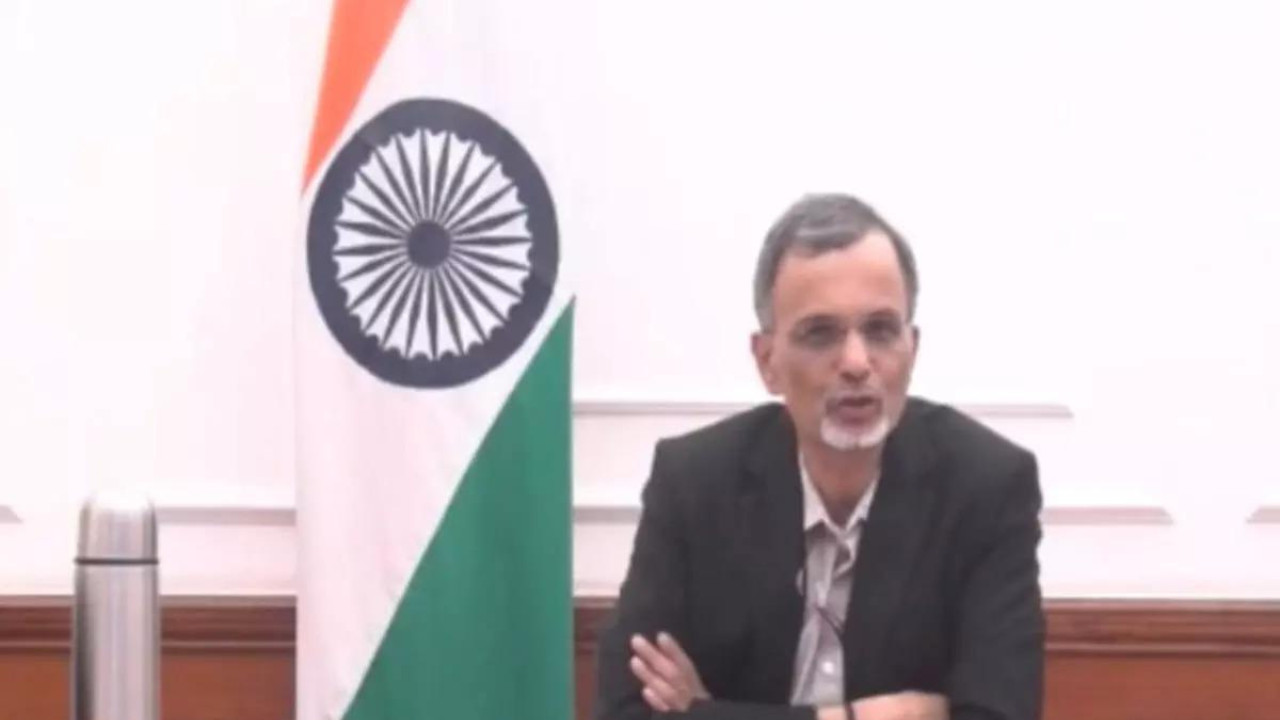CEA Anantha Nageswaran stated that the government is actively working with stakeholders to mitigate the impact of the US’s 25% additional tariff on Indian exports. Strategies are being developed to provide financial relief and support affected sectors. He highlighted India’s strong GDP growth, fiscal prudence, and efforts to diversify trade relationships through FTAs.
Navigating the US Tariff Tightrope: India’s Strategic Playbook
The news is out: the US is considering slapping a hefty 50% tariff on certain Indian exports. This isn’t just another economic headline; it’s a potential game-changer for Indian businesses, impacting everything from manufacturing to agriculture. Instead of panicking, however, the Indian government is already deep in strategizing mode, working overtime to cushion the blow and potentially even turn this challenge into an opportunity. But how exactly are they planning to pull this off?
The core strategy appears to be a multi-pronged approach involving intense stakeholder consultation, data-driven analysis, and proactive engagement with the US. Think of it as a carefully choreographed dance designed to minimize damage and maintain a healthy trade relationship.
Understanding the Implications of US Tariffs
Before diving into the specifics of India’s response, let’s understand what a 50% tariff hike really means. It’s not just a minor price adjustment. A tariff of this magnitude could significantly reduce the competitiveness of Indian goods in the US market, making them considerably more expensive for American consumers. This, in turn, could lead to a drop in demand, impacting Indian exporters’ bottom lines and potentially leading to job losses in affected sectors.

The government is leaving no stone unturned. The Chief Economic Advisor (CEA) is personally involved, indicating the seriousness with which this issue is being treated. This isn’t a bureaucratic exercise; it’s a high-priority mission to safeguard India’s economic interests.
Crafting a Data-Driven Response to US Tariffs
One of the key elements of India’s strategy is building a solid, data-backed case to present to the US. This means meticulously analyzing trade flows, identifying the specific sectors that will be most affected, and quantifying the potential economic impact. It’s about going beyond generalities and providing concrete evidence to demonstrate the potential harm that these tariffs could inflict.
This data-driven approach allows the Indian government to have informed discussions with their US counterparts, highlighting the potential downsides of the proposed tariffs, not just for Indian businesses, but also for American consumers and the broader US economy.
Engaging with Stakeholders: A Collaborative Approach
The government isn’t working in isolation. Recognizing that the private sector is on the front lines of this potential trade war, they’re actively engaging with industry associations, individual businesses, and other stakeholders to gather insights and feedback. This collaborative approach ensures that the government’s strategy is aligned with the needs and concerns of those who will be most affected.
These consultations are crucial for several reasons. First, they provide the government with a real-world understanding of the challenges faced by exporters. Second, they allow businesses to voice their concerns and contribute to the development of effective mitigation strategies. Finally, they foster a sense of shared responsibility and collective action. This type of communication can inform future policy decisions, such as those surrounding manufacturing. See more about India’s manufacturing sector here.
Beyond Damage Control: Seeking Opportunities Amidst the Challenge
While the immediate focus is on mitigating the negative impacts of the potential tariffs, the Indian government is also exploring ways to leverage this situation to its advantage. This could involve diversifying export markets, strengthening domestic manufacturing capabilities, and promoting innovation to enhance the competitiveness of Indian goods.
This is where the potential for long-term growth lies. By proactively addressing the challenges posed by the tariffs, India can emerge stronger and more resilient in the face of future trade disruptions.
The Path Forward: A Delicate Balancing Act
Navigating this situation will require a delicate balancing act. On the one hand, India needs to stand firm in defending its economic interests and advocating for fair trade practices. On the other hand, it needs to maintain a constructive dialogue with the US to avoid escalating tensions and preserve a vital trade relationship.
Ultimately, the success of India’s strategy will depend on its ability to present a compelling case to the US, build strong alliances with other countries, and implement proactive policies that promote economic diversification and resilience. The coming months will be crucial as India works to navigate this challenging situation and protect its economic interests in the global marketplace. The implications of these potential US tariffs are significant, and India’s response is being closely watched around the world.







